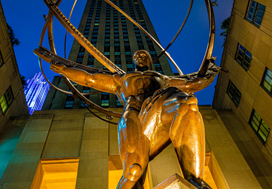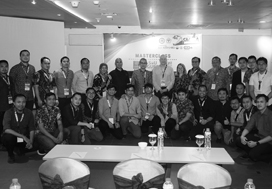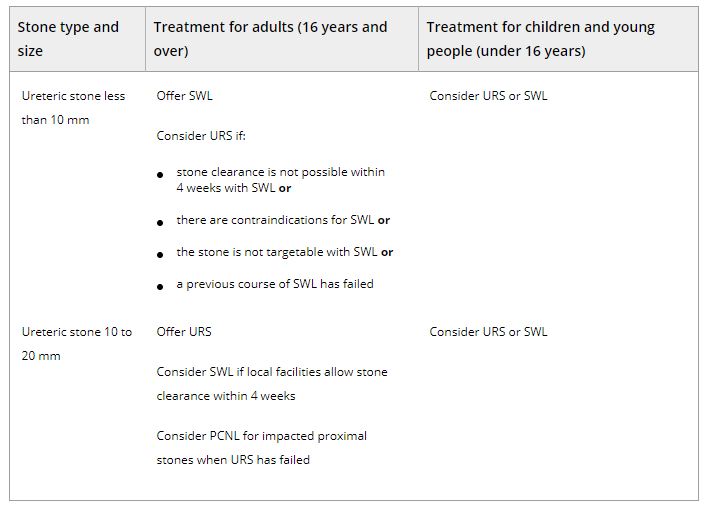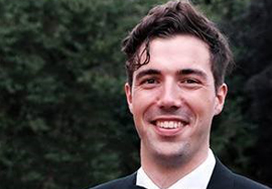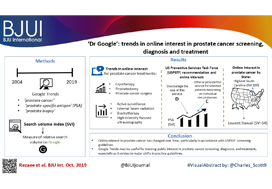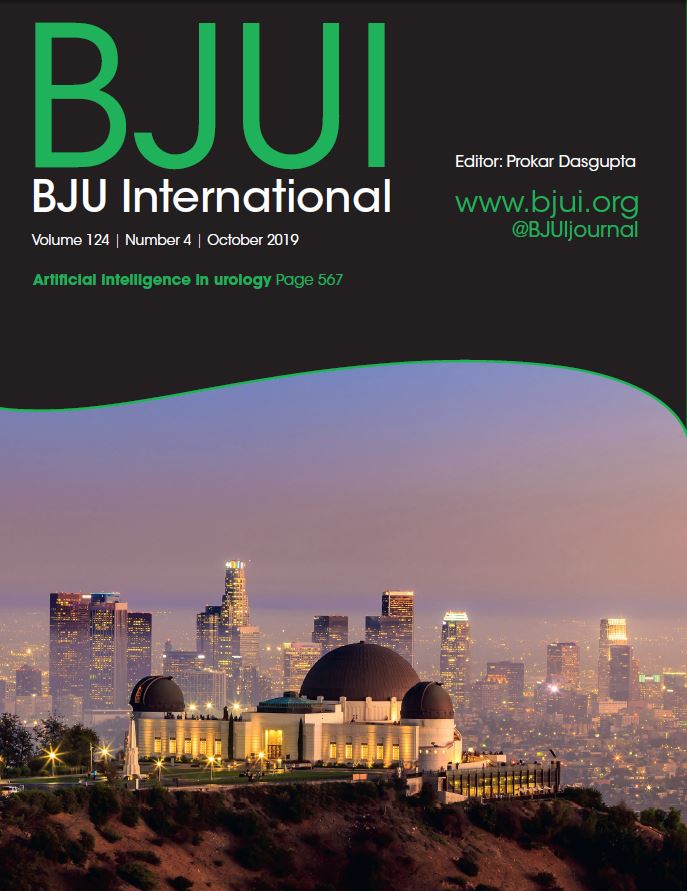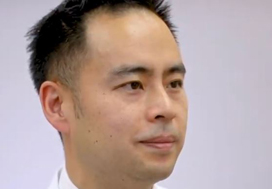A taster week is a training opportunity offered to UK doctors in their first two years of clinical practice to try a new specialty. They are an important learning experience for doctors at this stage, who will have experienced working in six different specialties at most. While taster weeks are only five days long, they offer a unique insight into a new specialty, as well as the chance to network with registrars and consultants.
During medical school I was interested in transplantation, as I found the combination between surgery and immunology interesting. This led me to complete a Master of Research in Transplantation while at medical school. During this degree, I looked at urinary tract infection in transplant patients and this started my interest in urology.
In the UK, the majority of trainees enter the field of transplantation following training in General Surgery. In clinical practice, it is good to have urologists with an active interest in Renal Transplantation for the betterment of these patients but there are few centres where this can be learnt. However, the Freeman Hospital in Newcastle, UK offers a one to two-year fellowship in renal transplantation which can be completed at the end of urology training. I contacted one of the urology and renal transplant surgeons and organised a week’s visit to the Freeman Hospital.
During my taster week I had the opportunity to shadow a urology and renal transplant surgeon. I joined urology and transplant ward rounds, including a renal transplant grand round, and I also attended a transplant nephrology clinic where I saw the long-term management of patients who had received kidney transplants. I observed theatre lists in both urology and transplant and saw the wide variety of operations that urology and transplant surgeons are involved in, such as renal access surgery for dialysis and robotic partial nephrectomy for renal cancer.
I also had a chance to attend multi-disciplinary team meetings about new transplant recipients as well as an x-ray imaging meeting concerning live kidney donors.
Speaking to urology and renal transplant surgeons was an invaluable experience and helped me plan the next steps in my career as well as solidify it as a preferred career choice.
The highlight of my taster week was attending regional surgical teaching. I spent a day in one of the few world-class cadaveric training laboratories in the UK and learnt how to perform an orchidopexy for testicular torsion and vascular anastomosis; two operations that are no doubt necessary for a urology and renal transplant surgeon.
I am very glad I completed a taster week in urology and renal transplantation. It allowed me to experience the variety of work involved in this niche specialty. It was an experience that would have only been available much later in my career otherwise, which would be at a point too late for a career change.
by Matthew Byrne
Matthew Byrne recently completed two years as an Academic Foundation Doctor in Cambridge, UK. He graduated MBBS from Newcastle where he also completed a Master of Research in Transplantation. He is now a Urology Clinical Fellow in Cambridge, UK.







